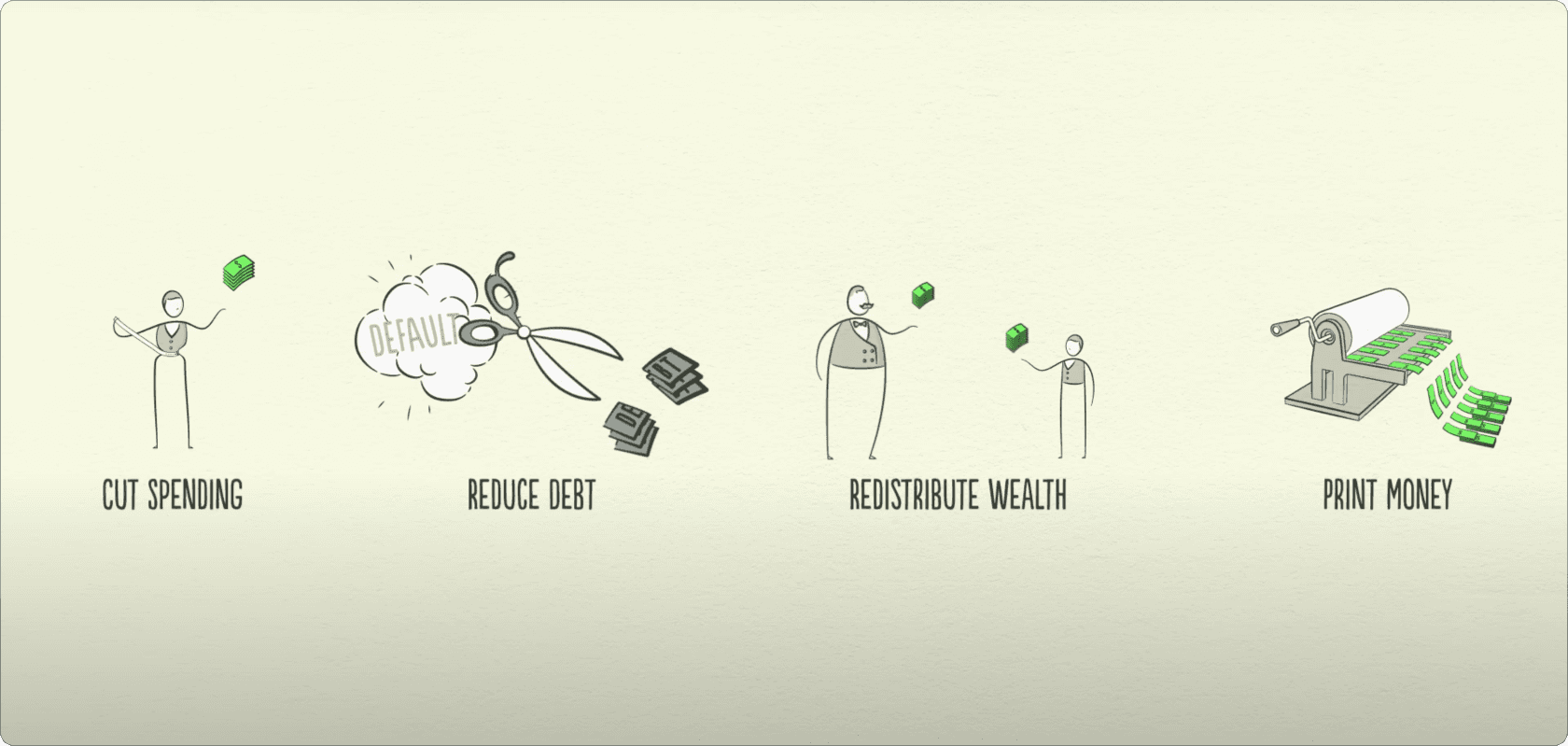How the Economic Machine Works
Navigating Economic Cycles from Expansion to Contraction.
I highly recommend watching "How the Economic Machine Works" by Ray Dalio before reading my article. I'll provide an overview of the most important leading indicators of the economy, with clickable links to real data available. Use my article more as an index.

Gross Domestic Product
GDP is driven by transactions between individuals and businesses, reflecting the flow of money, goods, and services. Supply and demand determine prices and influence economic activity, while higher productivity enables increased output without proportional increases in labour. Ultimately, productivity growth is essential for enhancing living standards over time.
Consumer Price Index
CPI measures the average change in prices that consumers pay for a basket of goods and services, serving as a key indicator of inflation. It tracks price variations in essentials like food, housing, clothing, and transportation, helping to gauge changes in purchasing power. A rising CPI signals inflation, while a declining CPI indicates deflation.
Federal Funds Effective Rate
Central banks influence the economy by adjusting interest rates and controlling the money supply. Lower rates encourage borrowing and spending, while higher rates can cool an overheating economy. Government spending and taxation decisions also play a role in stimulating growth or contraction, depending on the context. The Federal Reserve balances debt levels to ensure economic stability and anticipates potential crises, taking preventive measures when necessary.
Unemployment Rate
The Unemployment Rate | JOLTs is influenced by the dynamics of debt accumulation and economic cycles. When debt builds up to unsustainable levels, credit tightens, leading to reduced spending by consumers and businesses. This decline in spending often forces companies to cut costs, resulting in layoffs and higher unemployment rates. During a deleveraging phase, as the economy focuses on paying down debt, spending and investment typically shrink further, exacerbating the unemployment situation.